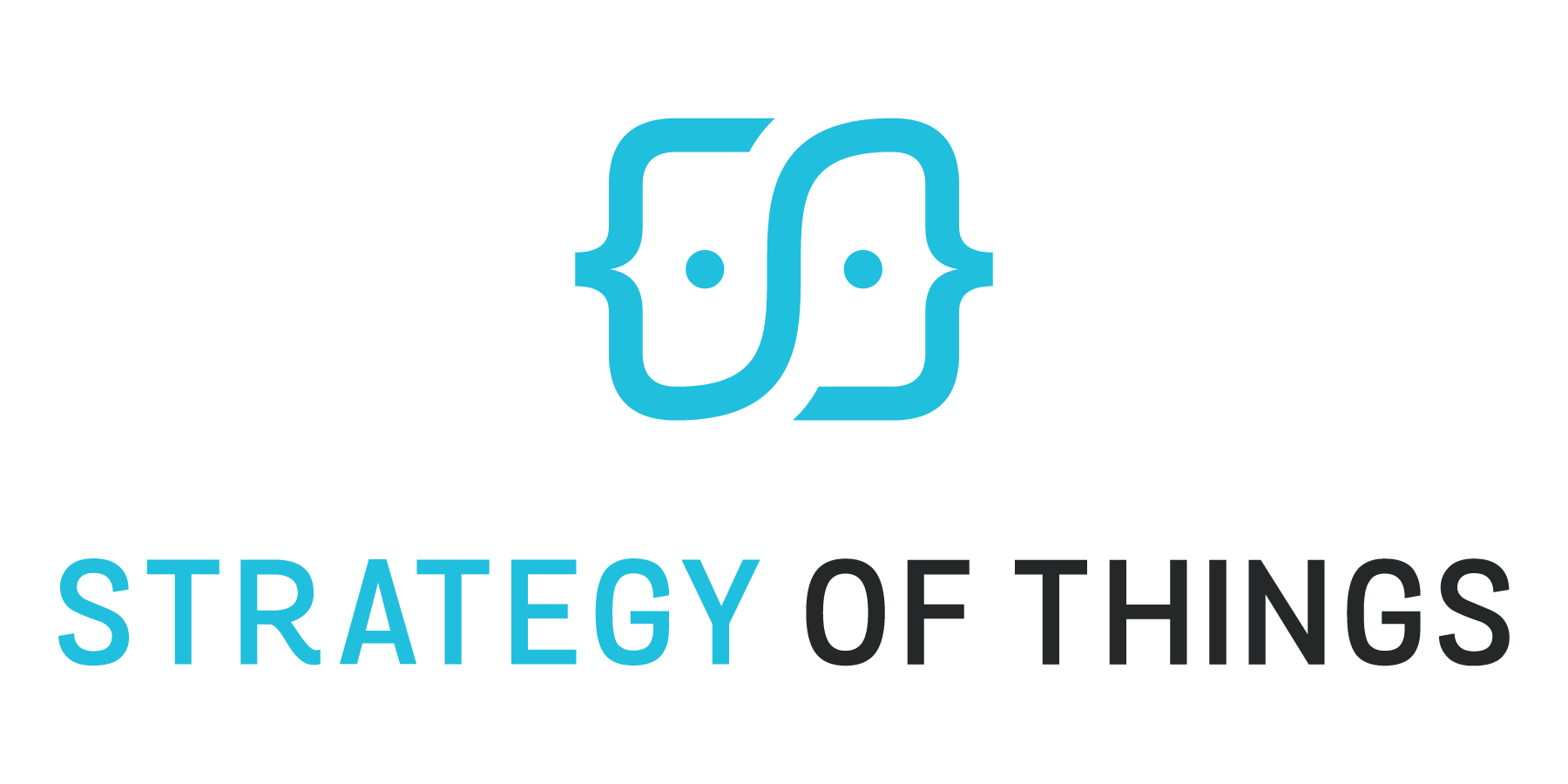Note to Readers: This is the first of two parts on how to leverage partnerships as a business strategy in the dynamic IoT market. This part describes common partnership, relationship and engagement models. Part 2, which describes ten best practices for forming and managing partnerships, can be found here.
IoT is fragmented
The Internet of Things (IoT) will drive disruptive transformation in all aspects of our lives – at work, at home, or on the go. Despite the hype and the flurry of activity, today’s IoT products are largely point solutions. No solution vendor offers a single end-to-end connected IoT stack. Ecosystems are forming around the main IoT platforms (Amazon, Google, Microsoft, GE, et al.) and the hundreds of lesser known ones specializing in select industry verticals. Thousands of IoT solution vendors worldwide are working on different parts of the ecosystem, each racing to become relevant. As an example, there are multiple Low Power Wide Area Network (LPWAN) connectivity options – SigFox, LoRa, RPMA (by Ingenu), Symphony Link (by Link Labs), NB-IoT and LTE-M. It will be years before the “winners” emerge as technology standards, business models and use cases evolve.
Partnering is a critical core competence
This early stage IoT market challenges solution vendors to remain relevant in a very dynamic environment of ever-changing requirements and outcomes. In this setting, partnering is a critical business management strategy that will make the difference between staying relevant longer or going out of business.
Partnerships enable IoT solution vendors to accelerate. It overcomes capability and feature gaps in their solutions. It reduces time to market by leveraging the partners’ existing resources and relationships. Partner tie-ups align solutions with the platforms and ecosystems that customers are interested in. Go-to-market (GTM) is facilitated through a larger sales channel and coverage. Finally, strategic partners who wish to acquire solution vendors use partnerships as a way to “test drive” a company to see if there is customer traction and fit.
In order to develop partnering as a core competence, vendors must understand the three components of a partnership – what you are partnering for (partnership type), how you work with each other (partner relationship), and the scope of your engagement.
Types of partnerships
Partnership types fall into four broad categories. The actual type of partnership is determined by the needs of the solution vendor and partners. Real world partnerships may involve one or more categories.
OEM Partnerships
A “developer” (hardware, software or a service) has created a solution. It makes this solution available to partners who wish to embed some or all into the partners’ solutions. The embedded solution would be resold under the partner’s own brand. An example is an IoT device manufacturer (the partner) licensing special cryptographic code from a security development company. This code will be embedded into the chipset firmware on the the device.
Technology partnerships
A company has developed some core technology. It wants to ensure that its technology is compatible with complementary solutions in the marketplace. It creates a technology partnership program that works with complementary solution providers to ensure their solutions are compatible. This may involve modifying hardware or software on one side or on both sides. When completed, the partner solutions are certified as compatible. One example is an IoT platform company creating a partnership program to ensure that other vendors’ solutions in the IoT stack are compatible.
Channel partnerships
An IoT solutions company wishes to sell its products to end customers through a network of resellers, systems integrators and services providers. It creates a reseller program and recruits “partners” to help resell its solution. It provides its partners with reseller pricing, solution training (technical and sales), marketing and pre-sales support, and post sales technical support.
Co-marketing partnerships
A company finds that customers are buying its solution and another vendor’s complementary solution together. The two vendors form a partnership to actively market their solutions together in order to enhance the value proposition for the buyer. Sometimes, the two solutions require no technology integration, and other times, their solutions will need technology integration and certification. One example is an IoT platform vendor establishing a co-marketing relationship with a management consultancy. The management consulting firm develops an IoT strategy for the buyer and helps accelerate the purchase process for the IoT platform. The partnership enables the consultancy to sell IoT strategy work while the vendor gets a solution sale faster.
Partner Relationships
Another aspect of partnering is the nature of the relationship. These can be strategic, non-strategic or somewhere in between. The actual nature of the relationship is determined by the partnership type, the nature of the solutions and value provided, the partners’ needs, their capabilities, and place in the ecosystem and marketplace. At the risk of oversimplification, partner relationships fall into one of the following broad categories:
Strategic partnerships
These partnerships provide a critical and differentiating advantage to both partners. They require a deep level of management commitment, a higher level of integration (people, process and technology) and involve significant resources from both sides. They may be manifested in various forms, including a joint venture, or a strategic alliance. Due to its strategic nature, a company has a small number of these types of partnerships.
Joint or “two way” partnerships
These are partnerships that both sides contribute equally (to the extent possible). One example of a joint partnership is a co-marketing partnership in which both companies are actively trying to promote each other’s solutions. Strategic partnerships are a special form of a joint partnership.
For example, an IoT platform company will establish joint partnerships with all the LPWAN connectivity technology providers, because they want to be compatible with as many connectivity choices as possible. At the same time, the various LPWAN technology providers will work with all the various IoT platform companies collaboratively because their customers use one of these platforms. In this case, both the connectivity technology provider and the IoT platform work collaboratively to ensure mutual success.
One way “partnerships”
These are more “relationships” (than partnerships) in which one side is perceived to receive most of the main benefits. This typically occurs when one side is more powerful or has more leverage than the other side and pushes it will onto its “partner”. Channel partnerships tend to fall into this category, especially at the lower rung of the reseller base. These “partners” are one of thousands of resellers, and they feel that they are not getting any special attention from the solution vendor.
Coopetition partnerships
These are a special class of partnership in which competitors work together in areas of mutual interest. They may cooperate on defining industry standards, addressing regulatory issues, education, and other things that advance the industry. One example is IoT device vendors working together to define security standards that ensure the protection of edge devices.
Partnership Engagement Scope
In addition to partnership type and relationship, the scope is the third factor that defines what, where, how and when the partners engage. Some of the parameters include:
- Geographic coverage of the partnership
- Markets and industry verticals affected
- Technology, solution and intellectual property covered
- Partnership duration
- Roles and responsibilities
- Resource requirements
Thanks for reading this post. If you found this post useful, please share it with your network. Please subscribe to our newsletter and be notified of new blog articles we will be posting. You can also follow us on Twitter (@strategythings), LinkedIn or Facebook.
Related posts:
The secrets of successful partnerships in the fast changing IoT market – Part 2


